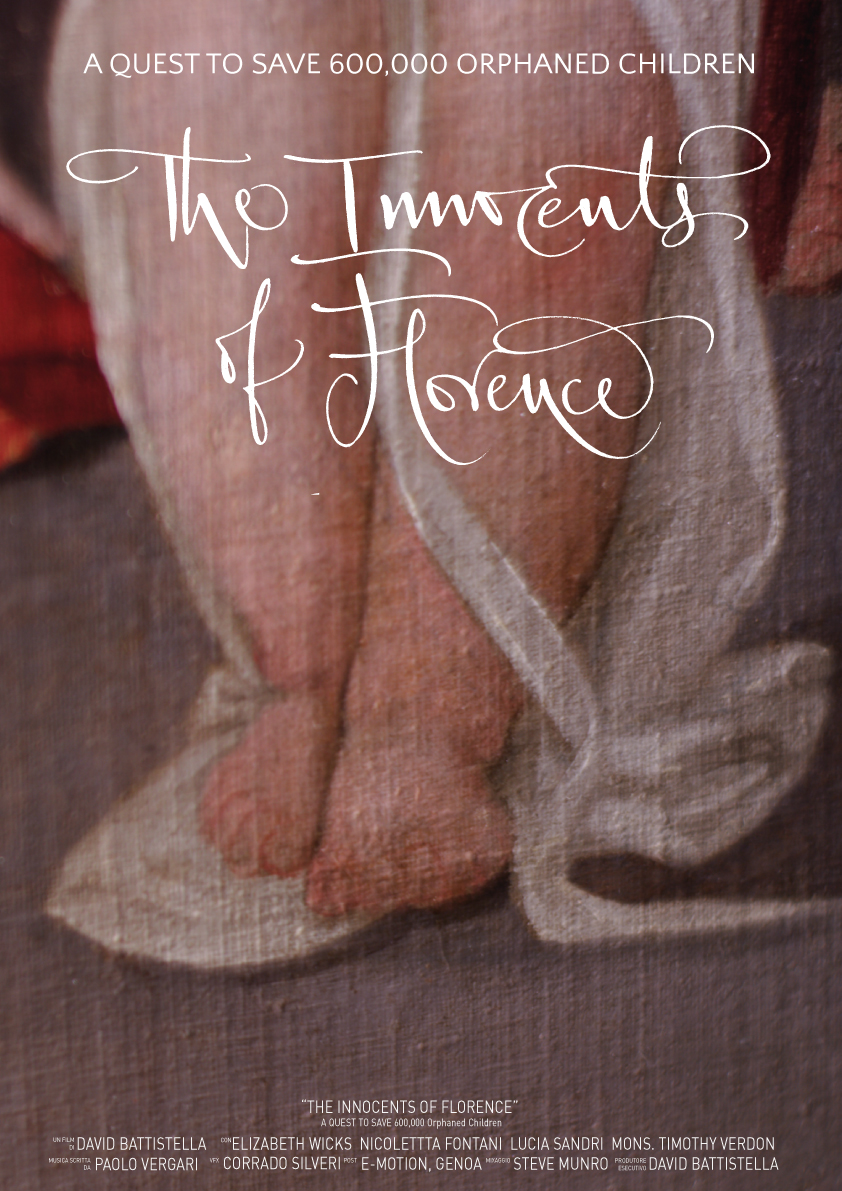
The film was amazing—beautiful cinematography and a story within a story very thoughtfully put together.Thanks so much for the introduction !!!
I was so impressed that the primary restorers were women – that it was a story about women on every level, and as such,
mysterious and human
and of course, nuanced.
It’s beautiful, and moving, and an ode to something incredible in Florence’s past. It’s both delicate and strong in its presentation – bravissimo.
We loved it. I was so impressed that the primary restorers were women — that it was a story about women on every level, and as such, mysterious and human and of course, nuanced. i am thrilled that we had the opportunity to see it.
beautiful cinematography and a story within a story…
very thoughtfully put together
We loved being there..
The movie was stunning! The restoration of the painting very interesting, and the history of all those babies, their lives and the really extraordinary collection of tales of each child.
The film was amazing—beautiful cinematography and a story within a story very thoughtfully put together.Thanks so much for the introduction !!!
We restore things to learn, and what I believe The Innocents of Florence teaches us is that there are no excuses. The Institute’s beginnings make up what we would now call a grassroots social movement.
THE INNOCENTS OF FLORENCE 2020
LONG FORM DOCUMENTARY 75 minutes
LOGLINE: When art restorers in Florence begin work on a 600 year old painting they lead the journey to uncover the story of the city’s forgotten children, and the women who saved them.
THE INNOCENTS OF FLORENCE Feature Length Documentary
It’s 1410 and there is a huge social problem in Florence. Babies are abandoned and dying at an alarming rate. To solve the problem Florence’s humanists organise and build a hospice for babies to assist young mothers. To celebrate the completion of the new building in 1446, they commission a painting to act as their poster, logo and symbol for the new Institute.
Flash forward 600 years to 2013, the very same painting sits in a museum within the original building. Two women, an American and an Italian, are tasked with the restoration of the work due to be displayed after a renovation and reopening of the museum.
The catalyst for this film is the painting. Over the course of 30 months the painting is meticulously restored and new mysteries about her origins are discovered. After centuries, restorers reflect on the work, it’s meaning and life in the time it was created.
The collective stories behind this painting are many because the Institute it represents is still in operation and has a rich and diverse history. Witnessing the restoration, allows viewers to learn about the process and reflect on the meaning of the painting which stood for women and social values in the humanist Renaissance era.
While the women work to restore the painting and uncover new facts and data about the creation of the work by famous Florentine Domenico di Michelino, viewers weave through the past to a time when modern social welfare systems are implemented and tested.
The process of restoring artwork leads us to the very ideas which created it. This is a fascinating tale of how an Institute invented ways to save babies lives and continually morphed into a place mandated to provide innovative solutions for children.
Here, the foundations for a building which were the hospice for women and babies develops into a home for the abandoned to care for the least fortunate in society. To this day the Institute the now restored painting represents is active in social services and in assisting women and children in need.
It houses a museum and the international offices of UNICEF. This single image, a painting, takes on centuries of meaning as we see she is gently restored and remains the symbol of the Institute which originally inspired her creation.
CAST
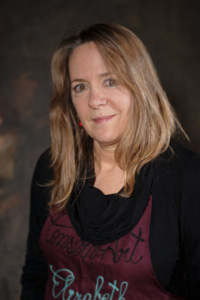
ELIZABETH WICKS
FINE ART CONSERVATOR
Elizabeth is an American restorer who lives and works in Italy and works as a consultant in the United States.
Education: Bachelor of Arts (Medieval and Renaissance Studies) Hamilton / Kirkland Colleges. Specialised course in fine arts from Syracuse University in NY and Florence. Degree in Restoration (MFA) Dominican University at Villa Schifanoia (Florence). Post-specialization at the Faculty of Natural Sciences of the University of Pisa, with a research project on calcium oxalate patina on marble monuments, published in the Bulletin of the Mineralogical Studies.
Continued studies with advanced courses on the latest methodologies in the field of conservation and minimal intervention on the restoration of ancient and contemporary works of art.
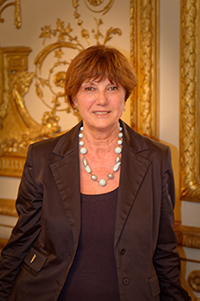
LUCIA SANDRI
INNOCENTI ARCHIVE EXPERT
Lucia Sandri is an expert in the history of childhood and Institute of the six centuries (or 600 year) old Ospedale degli Innocenti and has created an inventory of Historical Archives.
One of of the world’s foremost scholars of the Institute, Sandri (or she) is the historical consultant for the film.
Some of her recent works include, Forms and Adoption Contracts in the Hospital of the Innocenti of Florence between the late Middle Ages and the modern age, Malanges de l’Ecole franacaise de Rome – Italie et Mediterrane modernes et contemporaines, «Mefrim », 124-1
( 2012); The Innocenti and Orbatello in the Eighteenth and Nineteenth centuries: “Nocentine” and “occult pregnant” between projects and institutional needs in the Orbatello Hospital. Charity and Art in Florence, edited by C. Milloschi and C. De Benedictis, Edizioni Polistampa, Firenze 2015.
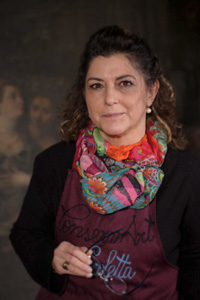
NICOLETTA FONTANI
FINE ART CONSERVATOR
Nicoletta is a native Florentine art restorer with decades of experience in the restoration and conservation of paintings and painted wooden sculpture.
She also has decades of experience teaching restoration methods and related subjects. She continues to be updated on innovative methods of consolidation, cleaning and restoration of contemporary art.
Education: Diploma in Restoration of painted moveable works, ( Florence, Opificio Pietre Dure 1990).
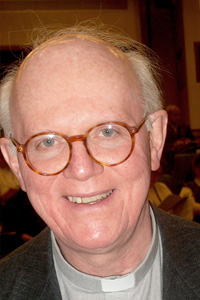
MONS. TIMOTHY VERDON
AUTHOR, ART HISTORIAN
Born in the United States (New Jersey, 1946), Verdon is an art historian trained at Yale University (Ph.D. 1975). He has lived in Italy for more than fifty years, becoming an ordained Roman Catholic priest in 1994. Verdon lives in Florence, Italy, where he directs the Diocesan Office of Sacred Art and Church Cultural Heritage and the Museo dell Opera del Duomo in Florence, as well as being a Canon of the Cathedral. In addition he serves as Academic Director of the Ecumenical Center for Art and Spirituality ̃Mount TaborTM, at Barga (LU).
The author of books and articles on sacred art in Italian and English, he has been a Consultant to the Vatican Commission for Church Cultural Heritage and a Fellow of the Harvard University Center for Italian Renaissance Studies (Villa I Tatti), and currently teaches in the Florence Program of Stanford University. He writes regularly for the cultural page of the Osservatore Romano and between 2010-2015 has curated art exhibitions in Turin, Florence, Seoul, Washington, D.C., and New York.
ARTICLES
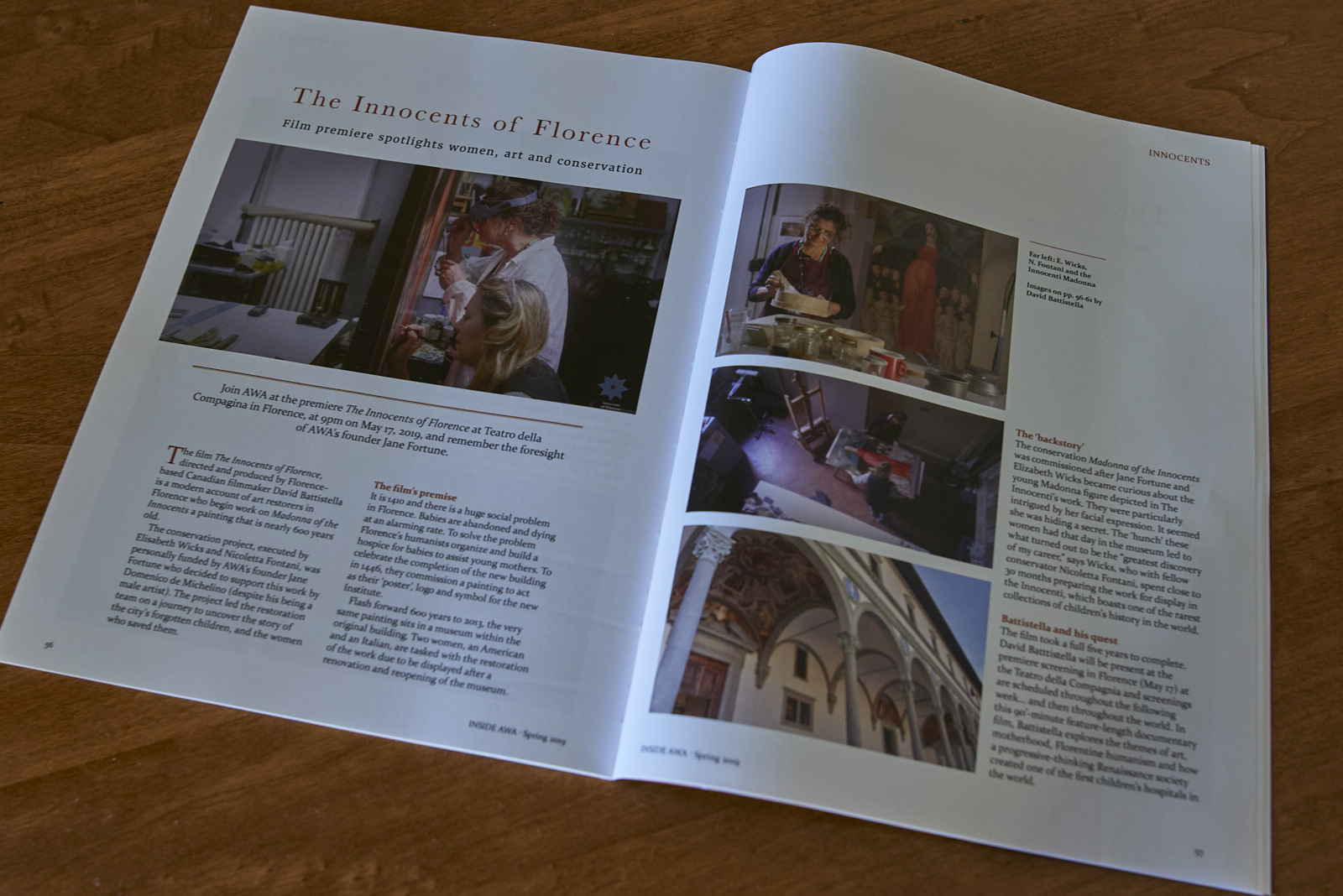

It’s 1410 and there is a huge social problem in Florence. Babies are abandoned and dying at an alarming rate. To solve the problem Florentine Humanists organize and build a hospice for newborns and to assist young mothers. To celebrate the completion of the new building in 1446, they commission a painting to act as their poster, logo and symbol for the new Institute. Flash forward 600 years to 2013, the very same painting sits in a museum within the original building. Two women, an American and an Italian, are tasked with the restoration of the work due to be displayed after the renovation and reopening of the museum.
The conservation of ‘Madonna of the Innocents’ was commissioned after Jane Fortune and Elizabeth Wicks became curious about the young Madonna figure depicted in the work at Florence’s Museum of the Innocents. They were particularly intrigued by her facial expression. It seemed she was hiding a secret. The ‘hunch’ these women had that day in the museum led to what turned out to be the “greatest discovery of my career,” says Wicks, who, with fellow conservator Nicoletta Fontani, spent close to 30 months preparing the work for display in the Innocenti, which boasts one of the rarest collections of children’s history in the world.
The film took a full five years to complete. David Battistella will be present at the premiere screening in Florence (May 17) at the Teatro della Compagnia and screenings are scheduled throughout the following week and in other cinemas this year. In this 90’ minute feature-length documentary film, Battistella explores the themes of art, motherhood, Florentine humanism and how a progressive-thinking Renaissance society created one of the first Children’s hospitals in the world. He tells this story through the restoration of a painting that was created as the banner for the Innocenti Institute in 1446.
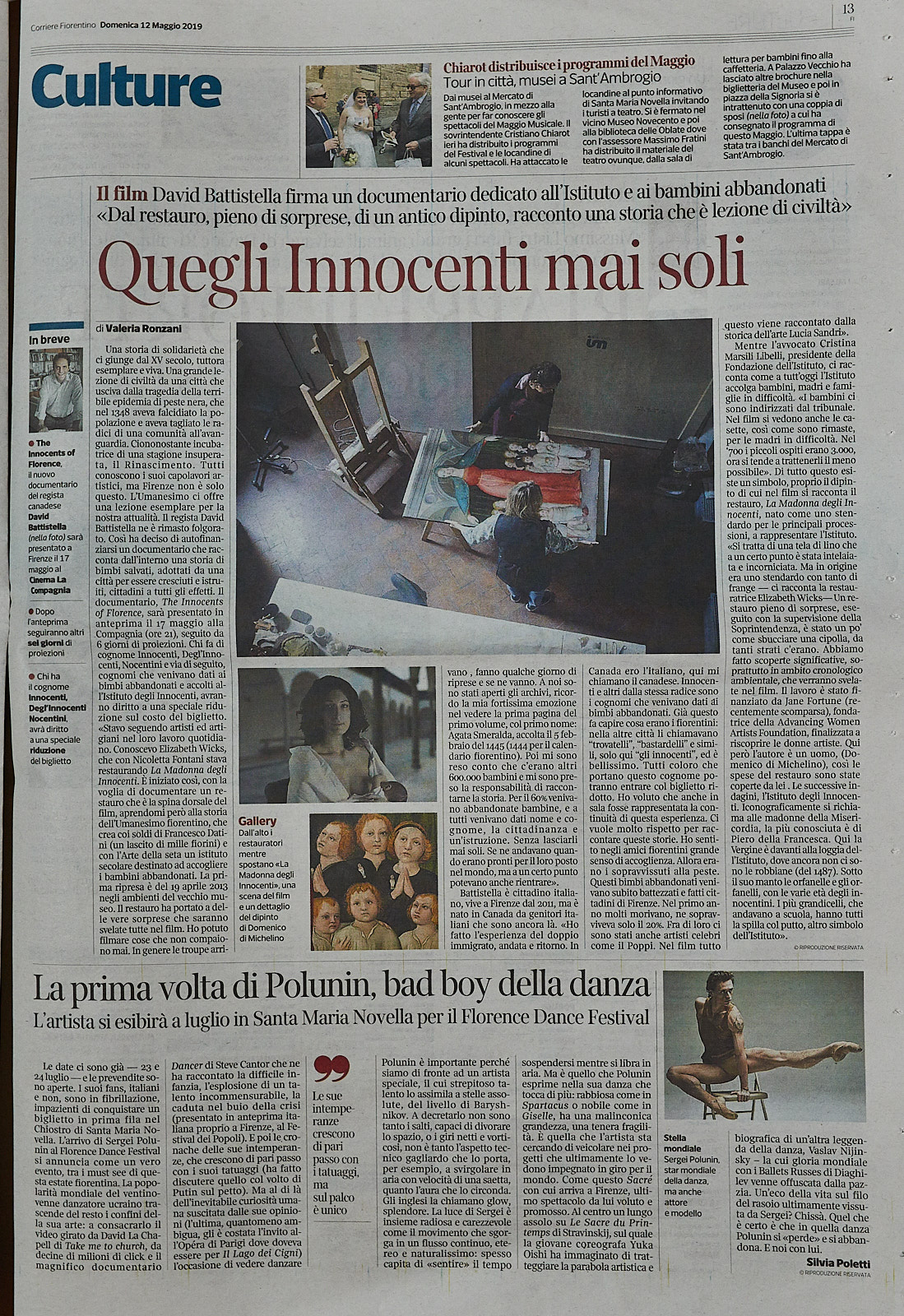
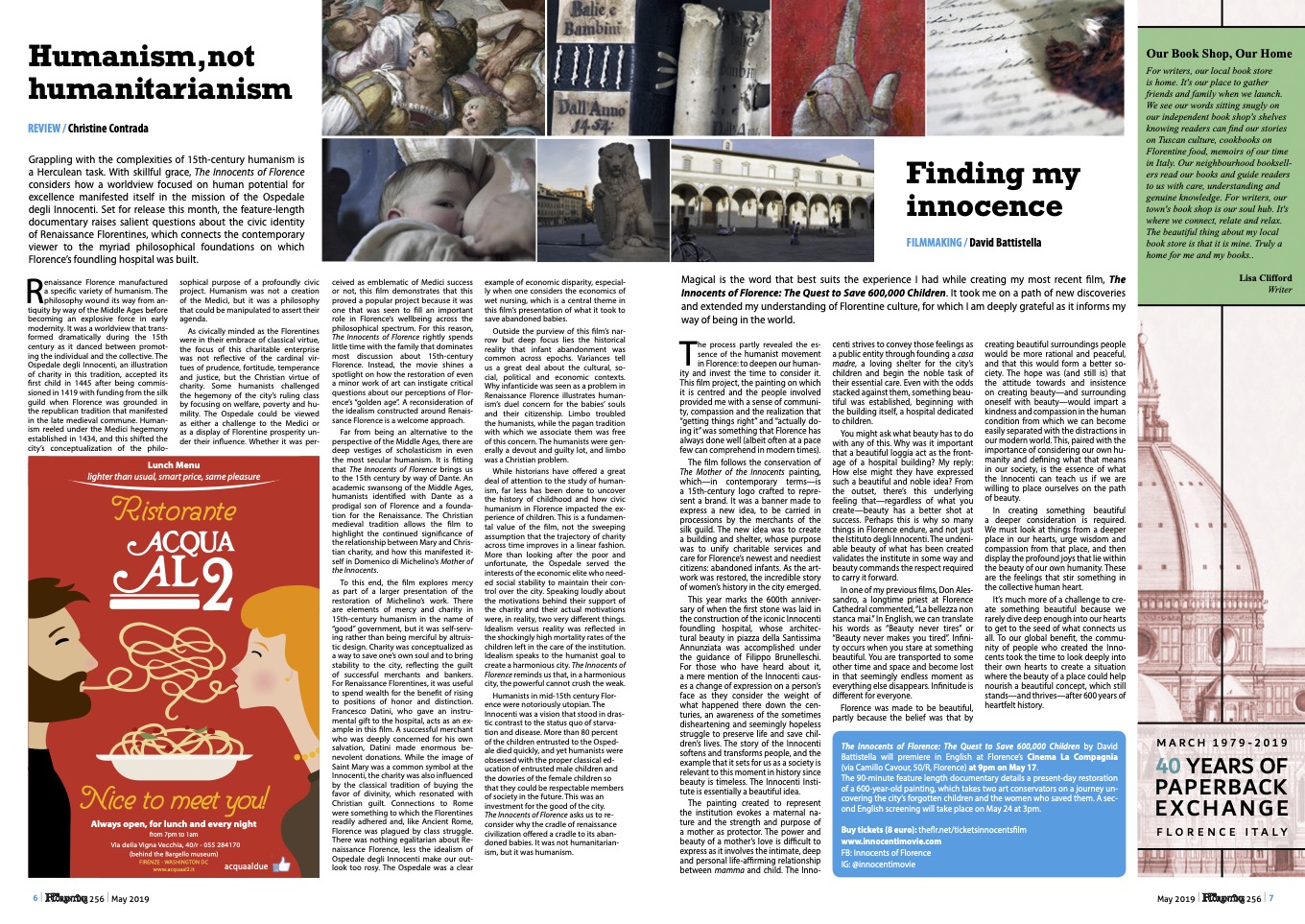
BACK TO HOME PAGE